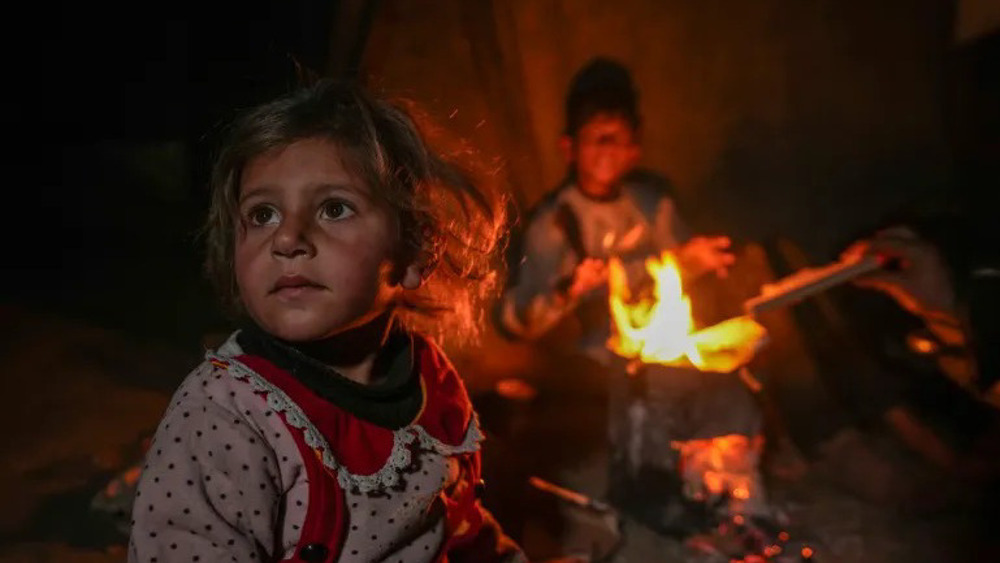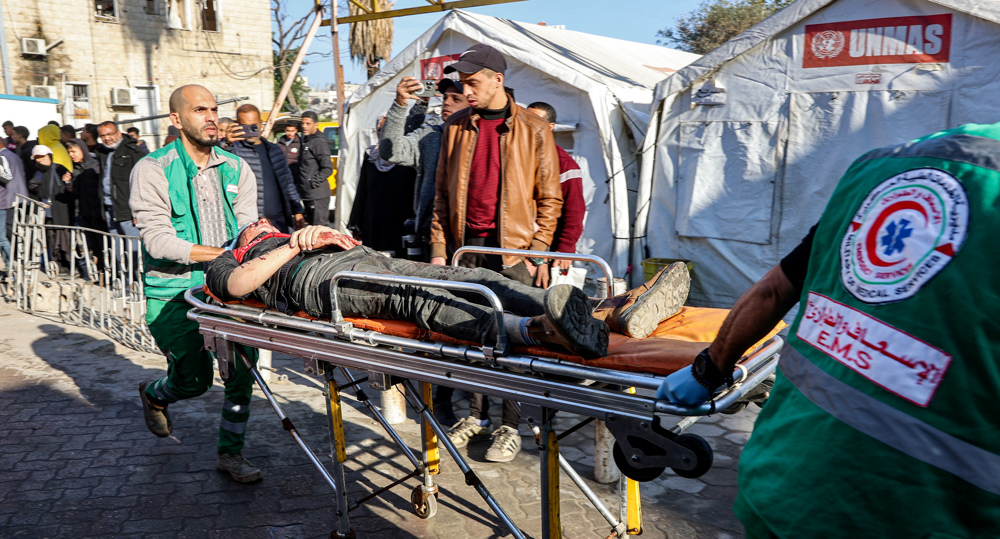Israeli soldiers injure 109 Palestinian protesters with live fire, tear gas in Gaza
Over a hundred Palestinian protesters have been injured at the border of the besieged Gaza Strip with the occupied territories by Israeli gunfire and tear gas, as the latest round of protesting rallies drew several thousand Palestinian demonstrators to the flashpoint frontier.
According to figures provided by the Gaza Health Ministry, on Friday, at least 109 demonstrators were injured, about 10 of whom by Israeli live fire.
The occupied territories have been the scene of new tensions ever since US President Donald Trump on December 6, 2017 declared Washington’s recognition of Jerusalem al-Quds as Israel’s “capital” and promised that the US would move its diplomatic mission to the city.
The highly provocative move caused outrage among Palestinians, who want the occupied West Bank as part of their future independent state with East Jerusalem al-Quds as its capital. Israel, on the other hand, lays claim to the whole city as its “capital.”
In the hours leading up to the inauguration of the embassy in al-Quds on May 14, Israeli troops engaged in clashes with Palestinian protesters, killing over 60 unarmed demonstrators and wounding more than 2,700 others, either through direct shooting or firing tear gas canisters. The death toll is so far the highest in a single day since a series of Palestinian protests demanding the right to return to ancestral homes began on March 30.
The embassy inauguration also coincided with the climax of a six-week demonstration on the 70th anniversary of Nakba Day (Day of Catastrophe), May 15, when Israel was created and hundreds of thousands of Palestinians were forcibly evicted from their homeland by Israelis in 1948.
Gaza medical officials say 113 Palestinians have so far lost their lives by Israeli fire since the border rallies began in late March.
“The Marches of Return are not over. They may be smaller but we are continuing,” said Ali, a participant who masked his face with his t-shirt at a protest east of Khan Younis in the southern Gaza Strip on Friday.
The Gaza Strip has been under an Israeli siege since June 2007, causing a decline in living standards as well as unprecedented unemployment and poverty there.
In addition, the Israeli regime has imposed increasing power cuts and shortages in fuel in the sliver, hugely disrupting water and sanitation services. Medicines and health equipment are also in dire short supply, straining an already fragile health system.
Israel has also launched several wars on the Palestinian sliver, the last of which began in early July 2014 and ended in late August the same year. The Israeli military aggression killed nearly 2,200 Palestinians and injured over 11,100 others.
‘All wars have rules. All of those rules have been broken’ by Israel
VIDEO | Report flags India’s violation of rights of Rohingya detainees
Turkey's foreign minister meets Syria's de facto leader in Damascus
'Next to impossible' to rescue patients from Gaza's Kamal Adwan Hospital: Director
VIDEO | Vietnam current prosperity
Report blames gasoil exports for shortage at Iranian power plants
VIDEO | Hind Rajab Foundation names Israeli war criminals vacationing after Gaza genocide
VIDEO | Australians rally for Gaza ahead of Christmas festivities














 This makes it easy to access the Press TV website
This makes it easy to access the Press TV website